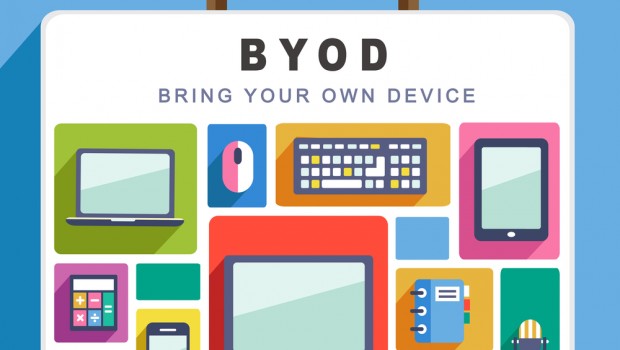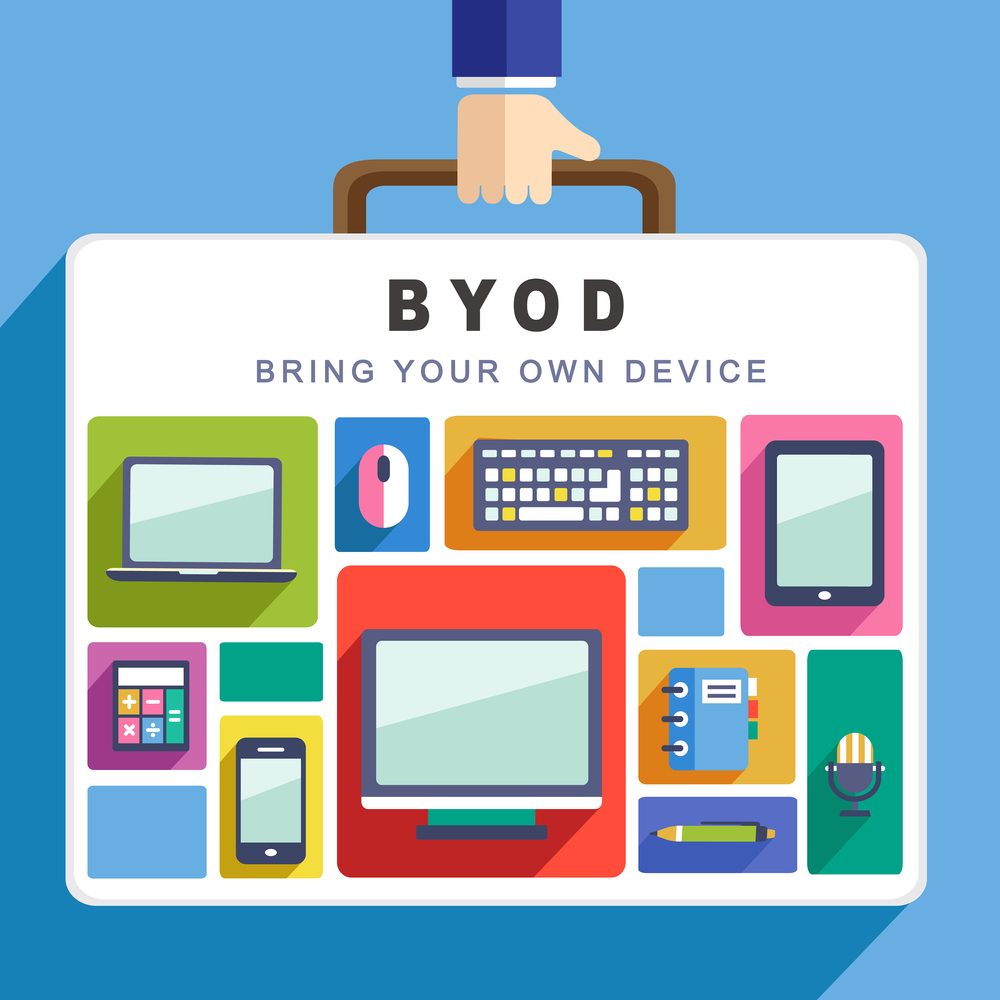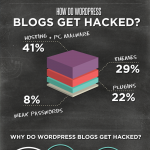BYOD and Consumerization of IT – What to Expect from IT Right Now and in the Near Future
It’s clear that the vast sector of IT is undergoing some serious changes. A major factor accounting for the industry’s profound transformation is the consumerization of IT solutions, motivated mostly by the Bring Your Own Device (BYOD) trend. Consumerization plays a major role in reshaping the ways in which enterprises purchase, manage and secure IT solutions. Here’s a brief overview of the transformation with some key points on what to expect from IT industry in the next couple of years and how to make the most from this widespread change.
Consumerization, BYOD & Co.
As employees consume new technologies, they inevitably get used to the flexibility and ease-of-use offered by their preferred solutions. And that’s why they often like to use the same tools at work. The consumerization of IT is driven by many different factors, such as:
- cloud technologies and cloud-based applications (Google Drive, Dropbox)
- consumer-oriented social media, networks and social communication platforms (Facebook, Twitter, Skype)
- CRM and customer service solutions
- talent and human capital management technologies
- financial management apps
This 2014 Consumerization of IT in the enterprise report by IDG Enterprise shows the degree to which consumer-oriented solutions creep into the work environment, both with and without the approval of local IT departments. You can see there that consumer services used for professional purposes soared a smashing 90% in the scale of popularity, which means that enterprises face a new challenge as employees slip out of their control and use their favorite solutions on the job. (http://www.scribd.com/doc/212942014/IDGE-CITE-2014)
IDG Enterprise defined the consumerization of IT as “the propensity for users’ experiences with technology as consumers to impact their expectations regarding their technology experiences at work”. To put it simply, the technologies, devices, and expectations of consumers are changing and these transformations offer new opportunities and challenges for businesses.
Consumerization of IT is a process which cannot be stopped, so enterprises should find ways to embrace it and direct it to bring them benefits. The potential measures businesses can take depend on how business-critical are the applications in question and what are the required security measures. Before making their move, enterprises should lean how these devices and apps are used by workers – this is how they can forge a policy for productive and secure use.
The reality of BYOD
Bring Your Own Device is a new trend, deemed by some experts as a digital business evolution powered by employees themselves and a primary driver of IT consumerization. Bringing personal devices to work or using them for work purposes cannot go on without consequences. Many experts claim that BYOD is now developing into a new phase – BYOX, meaning Bring Your Own Everything, where the focus shifts from devices to more abstract entities like data or apps.
As employees use an increasing number of digital apps, tools and devices, IT managers are confronted with a phenomenon that can bring potential benefits and risks. People embrace new cloud apps and social media in record time, barely giving enterprises time to develop a strategy for management.
Organizations which recognize the benefits of BYOD try to control the phenomenon by drafting special policies and strategies. Research shows that this is definitely worth their trouble. (https://www.slideshare.net/btletstalk/solving-the-hidden-network-challenge-of-byod-ovum-whitepaper)
But there are also risks these enterprises must face – and the most serious one is security. It involves legal issues, extra expenses, potential security breaches, or employees simply ignoring BYOD policies and having no understanding of security risks presented by specific apps.
It’s clear that organizations which never thought about implementing a BYOD policy are now under pressure to act fast as BYOD is bringing more consequences to how employees interact with technologies. Businesses should look at BYOD as one of the many aspects in the rise of true digital business, where technologies disrupt different business functions, as well as its technological, operational, and strategic layers. Technologies will change the face of collaboration, innovation and business optimization.
How can businesses deal with the proliferation of mobile devices used by employees in their work? By implementing Mobile Device Management (MDM) or Enterprise Mobility Management (EMM) systems. Here’s a quick overview of the most important functionalities offered by these two solutions.
BYOD management – MDM or EMM?
A Mobile Device Management suite provides its users with more than simple device management options. This serves as its starting point, but you’ll also find other layers addressing issues ranging from apps running on these devices and network connections to data which is shared, accessed or generated. This expanded functionality is called is Enterprise Mobility Management (EMM), and you’ll see many MDM vendors extending their products in this direction.
If you’re considering to purchase an MDM suite enriched with some key EMM functionalities, here’s a short overview of what you can expect to find on each layer of the solution:
- Device management – even the simplest MDM suites out there will require users to set passwords for accessing their mobile devices and establish the renewal frequency to be followed by employees. Corporate data will be encrypted and lost or stolen devices will be remotely locked and wiped out for security reasons. You can also expect a basic MDM suite to offer auditing of device status, usage and features, hardware management, location tracking or Active Directory synchronization. More advanced functionalities include separation of personal from corporate files, support for additional platforms and options for setting context-aware policies.
- Network management – an MDM/EMM will monitor device usage to prevent users from downloading rogue apps, control access to the corporate network and limit it to unauthorized or jailbroken devices. This network security functionality works best if it’s integrated with the existing corporate network security infrastructure.
- Application management – enterprises need to control apps run by employees on their devices because they’re basically facing a heap of potentially dangerous programs lurking around the web to compromise corporate network. Managers will have access to an inventory of apps on devices and a possibility to create a customized enterprise app store. They’ll be also able to create a blacklist of apps which are deemed insecure (or way too distracting for employees). Advanced solutions will be able to apply containerization to apps and drastically improve their security – for instance, by setting up individual secure connections to the enterprise network for specific apps like email.
- Data management – large enterprises like to use document repositories and collaboration tools, but it’s important to make them secure – and with BYOD it’s becoming harder than ever. MDM suites include content management functions which interface and synchronize with leading products and ensure that sensitive documents are never brought outside the network.
MDM and EMM have been with us for a few years now and you’ll find lots of practical reviews on the web to help you pick one which perfectly matches the needs of your organization. It’s clear that you cannot simply ignore the consumerization of IT solutions or simply count on your employees to make the right choices themselves. The more people you employ, the higher the chance that some of your key documents might leak out outside your network or its security might be compromised by a dangerous app downloaded by someone at the office.
Driven by BYOD, the process of IT consumerization will in the next few years lead businesses to develop new strategies to deal with the increasing mobility of business computing. But don’t forget that these trends offer many opportunities for improving life at the office too, ranging from flexible working patterns to a boost in employee productivity and job satisfaction. CIOs and IT manager who embrace BYOD can count on better ROI for the IT department – and they better do that, because BYOD is here to stay.
About the author:
Carol Williams is part of the tech team behind Navel Oranges – a fruit shipping company from Florida. She is very passionate about anything digital and tech connected.
















